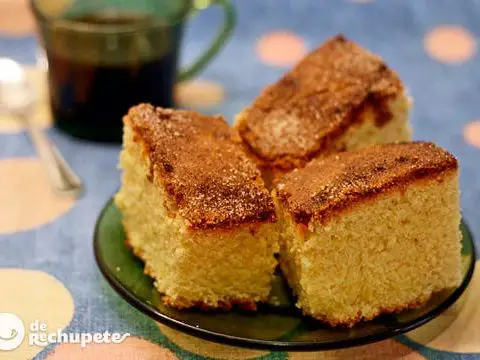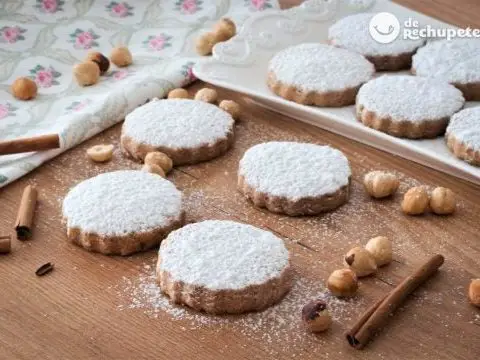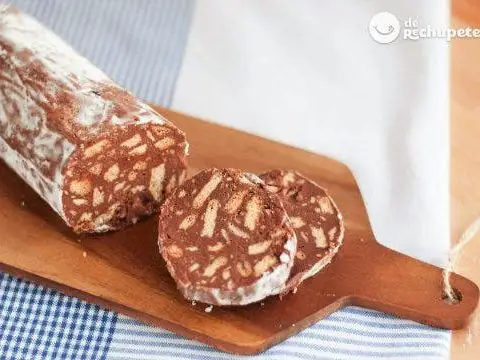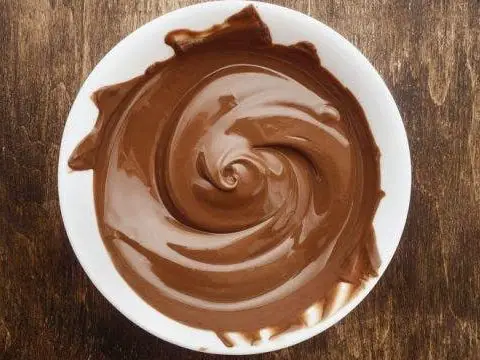
Info.
- Easy
- 30 minutes
- For 6 people
- 0.5 € / person
- 290kcal per 100g.
How to make eggs in the snow, snowy or moles on English cream.
This curious name comes from the fact that we are going to mount egg whites to the “ snow point ”.
Its origin can be dated back to the 6th century, when the Byzantine physician Anthime discovered the process of assembling the egg whites and leaving them at that point of texture. If you want to mount perfect egg whites and not die trying, follow this ” tip ” to mount egg whites.
We can find in Spain this traditional dessert which they call ” floating islands ” in various provinces of Andalusia, being well known in Jaén and Granada. Even on some of my visits to the Canary Islands, I have been told that it is very common to serve it there in guachinches.
.instagram-follow img{width:100%;height:auto;} @media screen and (min-width: 1000px) {.instagram-follow {display:block;clear:both;float:right;width:50%;margin-left:1em;}}
The custard is a development which is widely used in confectionery base or complement many recipes for desserts, fillings, ice creams, etc.
It is a very simple cream to make, with very basic ingredients, although it has some peculiarities to leave it at its optimum point.
It has a curious history, since in its origins back in the 19th century it was called ” French cream “. Later in the English court, the chef Auguste Escoffier polished the recipe and from then on it was renamed ” English cream “.
This dessert is delicate and elegant, to take note at home. On the blog you can find other elaborations of this style, such as the well-known Lemon Pie or Lemon and meringue tart , and the orange and meringue tart .
For the base cream , instead of English cream, you can use the traditional pastry cream or a delicious lemon cream or lemon curd .
Preparation of flavored milk
- We begin by separating the yolks from the whites. We reserve at room temperature.
- We put the milk to heat, in a saucepan.
- We open the vanilla bean lengthwise, with the help of a knife. We scrape the seeds from inside and add them to the milk. Then we also add the pod. In this way the milk will be flavored.
- The milk has to be heated, until it almost boils. At this time we remove from the heat, and let it rest, while the vanilla is infused.

Preparation of egg whites or floating islands
- In a bowl with the whites, add a pinch of salt. We begin to mount them with electric rods. Next we add 50 g. sugar, and continue riding (at maximum speed). In just a minute we will have our clear ” ready to snow ” ready.
- We strain the milk. We return it to the saucepan, and put on medium / low heat.
- With the help of two spoons, we are forming portions or “eggs” of mounted whites .
- We incorporate them into the hot milk, and cook a couple of minutes, turning them halfway through cooking. We remove and move to a clean cloth, where the excess liquid is allowed to drain.
- We repeat the process with the rest of the whites mounted. We reserve.
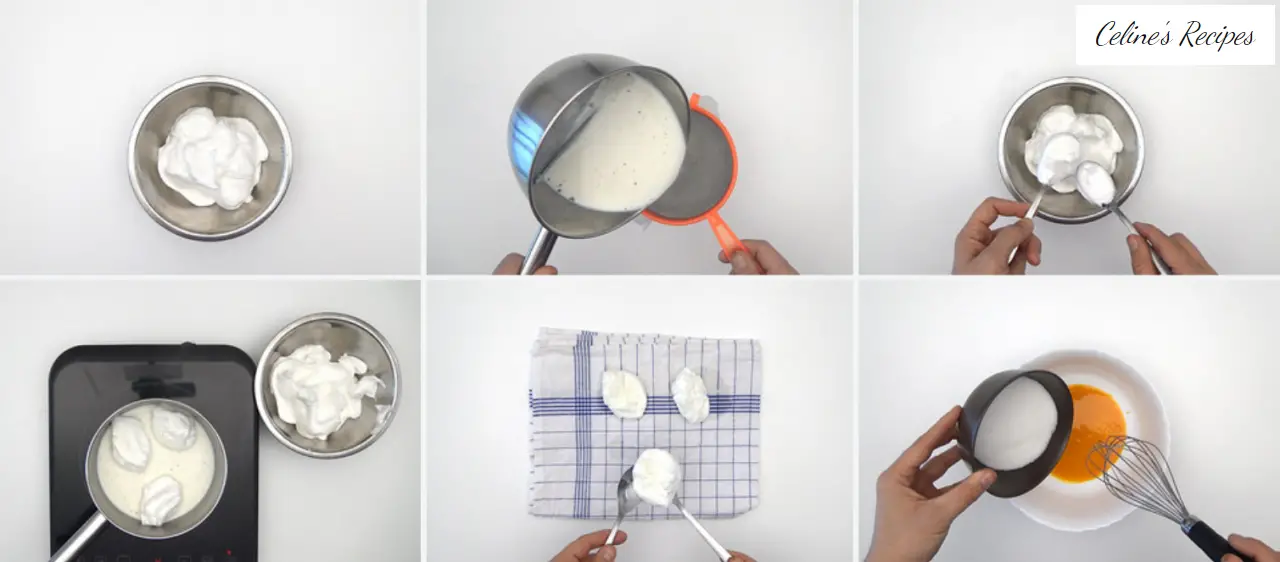
Preparation of English cream
- In another bowl, beat the egg yolks. We gradually add the sugar, and continue beating. Until we have a homogeneous cream.
- To this cream, we first add a little milk (about 100 ml.) And mix with some rods. When they have merged, add the rest of the milk.
- We pass the set to the saucepan and continue at medium / low temperature (a 4 out of 10). It is important that it never boil, otherwise the cream would be cut. We keep stirring incessantly. Little by little the cream will thicken slightly.
- After about 5 minutes, the cream will be light and smooth. The optimal point is when on the back of a spoon or spatula, we pass the finger and the fence is perfectly marked.
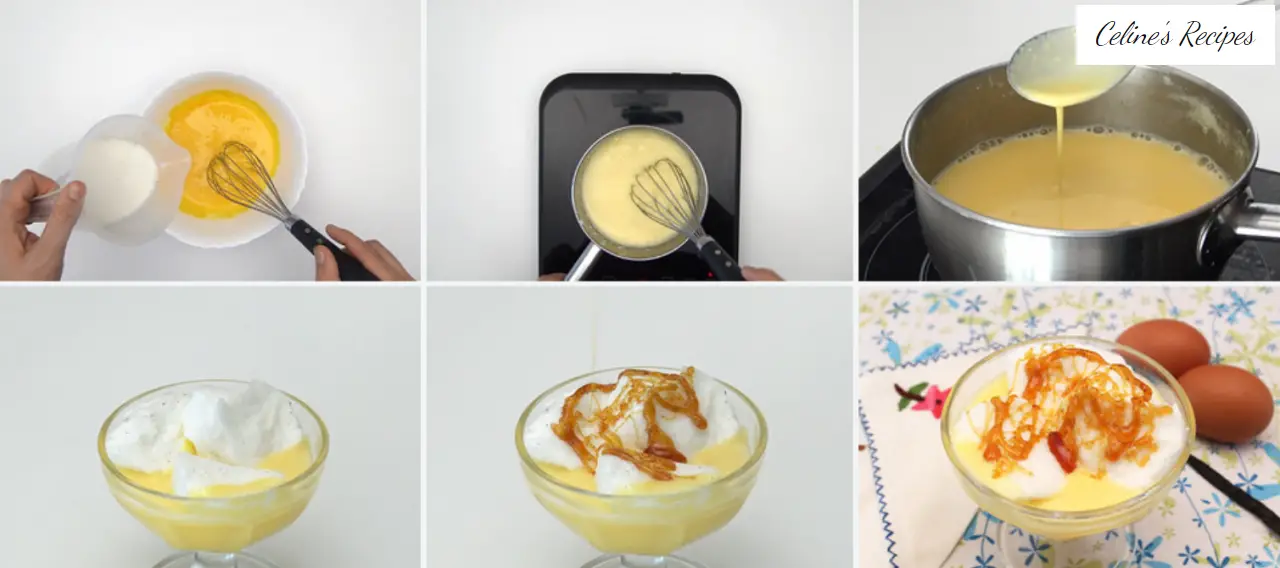
Assembly and final presentation of the floating islands
- Once ready, we transfer our English cream to glasses or crystal glasses.
- We put them in the fridge and let them rest there for at least a couple of hours. With the cold it will mature, taking consistency and enhancing its flavor.
- For the final assembly: on the English cream we place about 2/3 eggs in the snow.
- An option that is usually used is to decorate with a few squirts of liquid caramel. This gives it a very colorful touch of color, although I also warn you that we will gain many calories.
If you still do not have it clear, I leave you a step by step in photos of this recipe for snowy eggs on English cream . Do not miss any detail and they will be perfect.
Tips for some eggs in the snow on English cream.
- To assemble some clear as the canons send they must be at room temperature. If we add a pinch of salt, it will help us to make them firmer and fluffier.
- As for the English cream , the ideal temperature for its elaboration, once out of the fire, is 83-84º C. Almost at the boiling point. If you have a kitchen thermometer, it is a good time to take advantage of it.
- Another technique that can be used is to place the bowl with the cream, in a water bath with cold water, and there begin to stir and generate the consistency we want. In this way we lower the temperature and manage to control the production point.
- We can have the English cream base ready from the previous day, and then we would only have to prepare the “ eggs in the snow ” for the final assembly.
- The caramel will this dessert looks great, but other options can be sprinkle with cocoa powder or also incorporate some sliced almonds to give it a crunchy touch.

